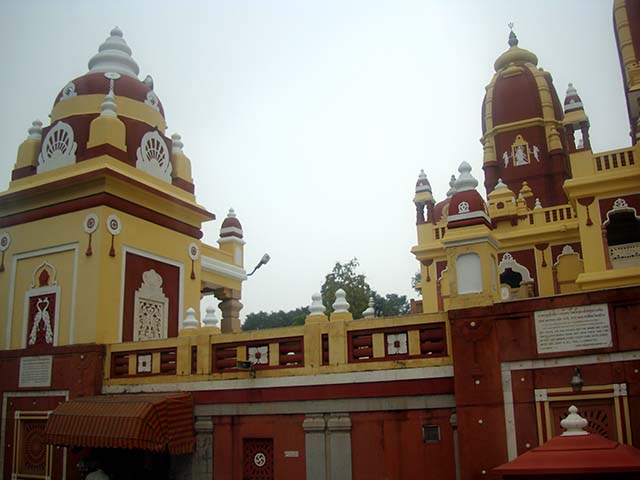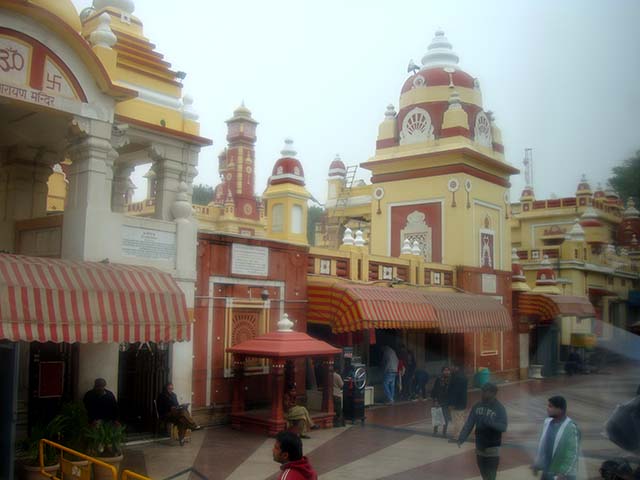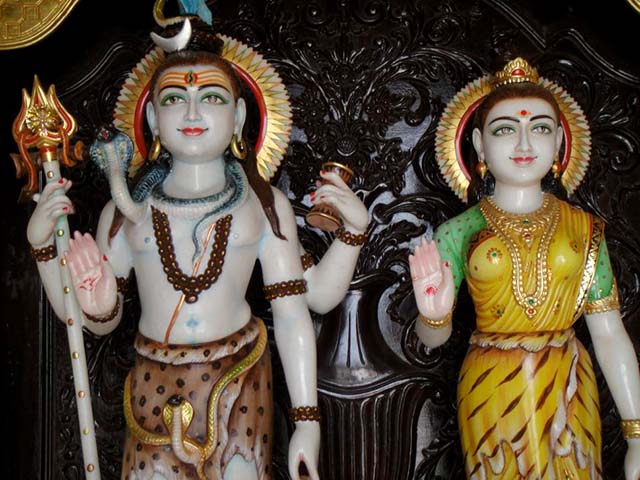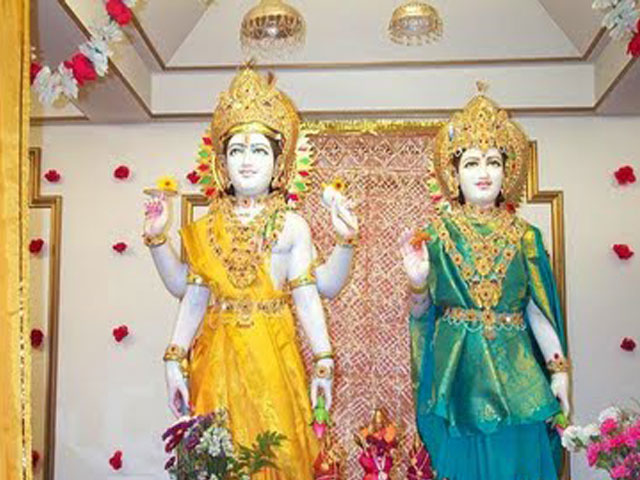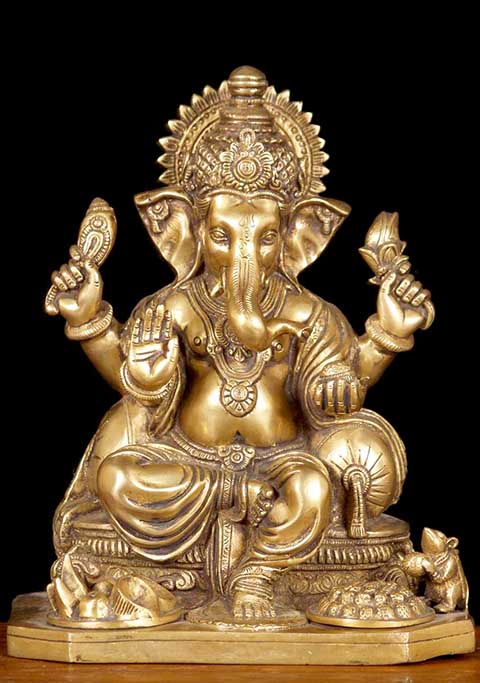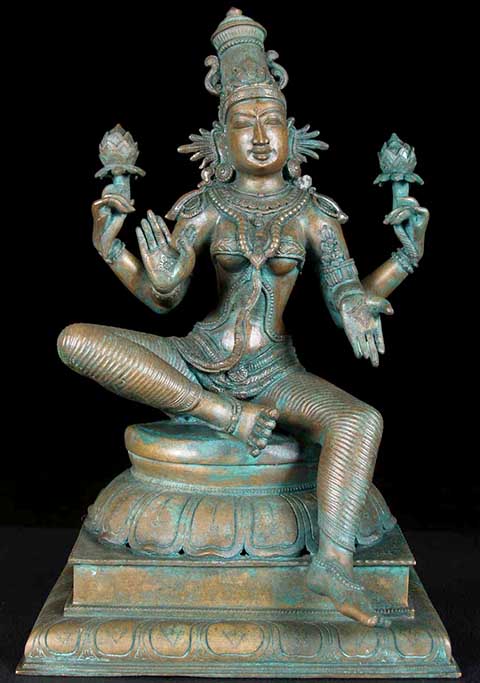Now this was interesting. From Wikipedia: The Laxminarayan Temple is a Hindu temple built by industrialist and philanthropist, Baldeo Das Birla and his son Jugal Kishore Birla, and thus, the temple is also known as Birla Temple, or Birla Mandir. It is dedicated to Laxminarayan, which usually refers to Vishnu. The temple, inaugurated by Mahatma Gandhi, was built from 1933 to 1939. It's spread over 7.5 acres and is adorned with many shrines and fountains, and a large garden. The temple is one of the major attractions of Delhi and attracts thousands of devotees on the Hindu festivals of Janmashtami and Diwali.
The architecture is quite impressive.
No cameras were allowed inside, though.
But that makes sense, really, as this is a place of worship and some time back the people who come here for serious reasons, got a little tired of tourists sticking camera lenses in their faces while they were trying to pray. Just inside that door where the two guys are sitting on the left is a little room where we all removed our shoes and socks so we could walk barefoot throughout the temple on cold, wet marble.
But there are pictures on the internet that give a pretty good idea of what we saw.
If you know what's what, one look at a statue will tell you who the god is and what the god stands for. Just look at what the god is sitting on and holding in his or her several hands, etc.
If the god has the face of an elephant, that's Ganesh, the remover of obstacles, the patron of arts and sciences and the god of intellect and wisdom.
If she's resting or standing on a lotus throne and holding lotuses in her hands, that's Lakshmi, wife of Vishnu. She's the goddess of prosperity and is often shown with gold coins spilling from her hands. See how this works?
Yikes! Why are these things everywhere we look? Well, it turns out the swastika symbol has been around quite a while, long predating the Nazis. From Wikipedia: The earliest archaeological evidence of swastika-shaped ornaments dates back to the Indus Valley Civilization as well as the Mediterranean Classical Antiquity and paleolithic Europe. The swastika remains widely used in Indian religions, specifically in Hinduism, Buddhism, and Jainism, primarily as a tantric symbol that invokes Lakshmi - the Hindu goddess of wealth, prosperity and auspiciousness. And...the Nazi swastika had arms that pointed the other way. So there you have it. Whew.
Bill got blessed. Nice look, don't you think? He's smiling, but even with his shoes and socks back on he still can't feel his feet.
|

